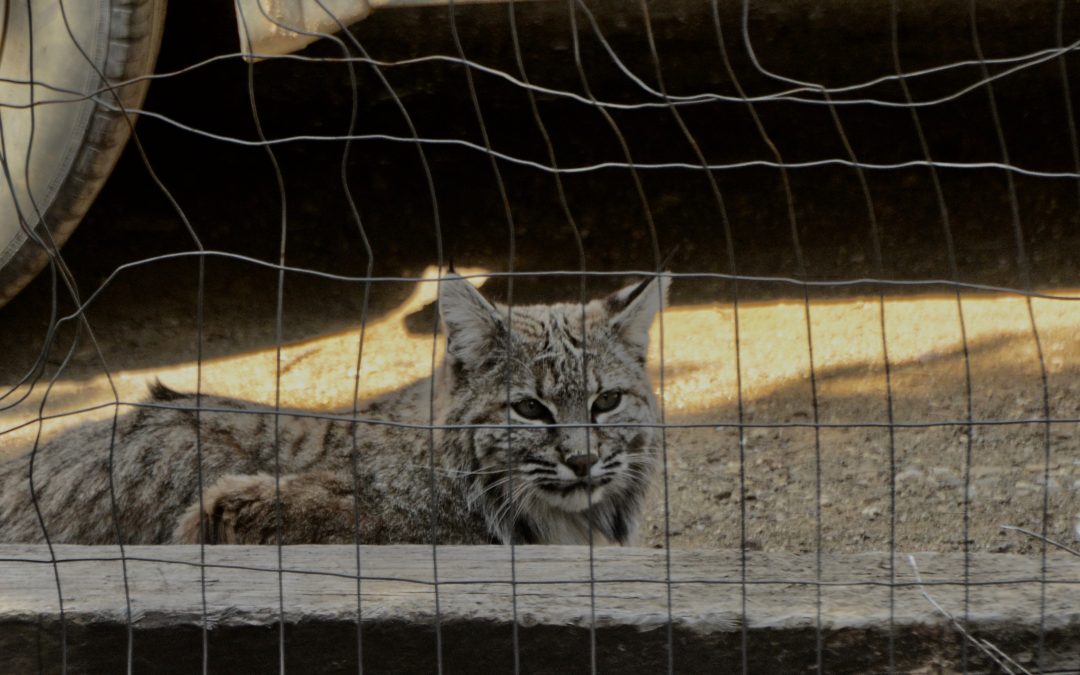The struggle against Coronavirus 2 (SARS-CoV-2), the cause of coronavirus disease 2019 (COVID-19), is usually described in military terms. We are in a “battle, even a war against an insidious enemy. We must marshal the forces of medical science for a campaign to “defeat” this “enemy” of humankind. This plague challenges, if not our very existence, then at least our way of life. Nature has attacked us with this virus. Nature, our adversary, is at fault.
Or maybe not. Or at least, not exactly.
The physical suffering (a range of horrifying symptoms including immense pain, kidney failure, limb amputations, suffocation and death), the economic calamity (maybe a second Great Depression), and the general disruption of just about everything, is all too real. The lesson we take from this catastrophe, however, could be one of warning about worse to come. This may be our last chance to change our relationship to nature before climate disruption, nuclear war (coming about in part as a result of change in fresh water availability), worse pandemics, and other unimaginable horrors overtake all that we have built (in all social realms) and much of how we self-identify as residents of civilization and the nature which has until now kindly hosted us.
COVID-19 in this perspective is not our adversary, but our ally to averting the much worse which is to come. Sheltering in place from heat storms, continental flash fires, famine and insecure or no access to fresh water is not possible. While clearly not our friend, the virus can be our teacher. The virus did not come out to get us; we went out to find it (even if inadvertently). We disrupted natural habitats giving the virus an opportunity (or perhaps no choice) but to seek a new host (us) when traditional hosts either were no longer available or no longer opportune. Our suffering pales compared to the animal and plant genocide/holocaust we are imposing on the planet’s other life forms.
I was reviewing my list of Generally True Patterns (detailed elsewhere in the radical natural history blog) trying to determine which ones might be most germane to our current predicament. Several of them; I will mention just four.
Major changes in a system can come suddenly. The gradualism theory of evolution in which events progress slowly has its place, but earth history from geology to extinction events to social/political revolutions show that speed overtakes the existing order on a regular basis.
A change in the environment of an area will be accompanied by a change in the population of that environment. The environment may be physical (fewer people going to tourist destinations), but it can be mental as well. Here is our opportunity or downfall depending on the choices we make: Recognizing ourselves as a part of nature of continuing to see nature as the enemy. (The virus is evil!)
The closer a system gets to equilibrium, the less resilient it becomes to any changes in the environment. In our century’s long addition to carbon fuels (coal, oil) we have achieved a comfortable equilibrium as all other aspects of the planet from animal species to beauty itself has been compromised. Our civilizations great collective mantra is: we cannot change, we will not change. But what happens when the natural environment really does change?
All systems are dynamic and evolving or in stasis and dying. The system known as world civilization faces a choice of learning from the current disaster, or ignoring the COVID warning and likely not surviving (in any recognizable form) coming disasters that will be magnitudes of awful greater than we are currently experiencing.
The current malicious virus will not kill all of us, but it might save us should we heed its lessons.
(Image above: a Bobcat took over our driveway once we mostly stopped driving to stay at home.)

